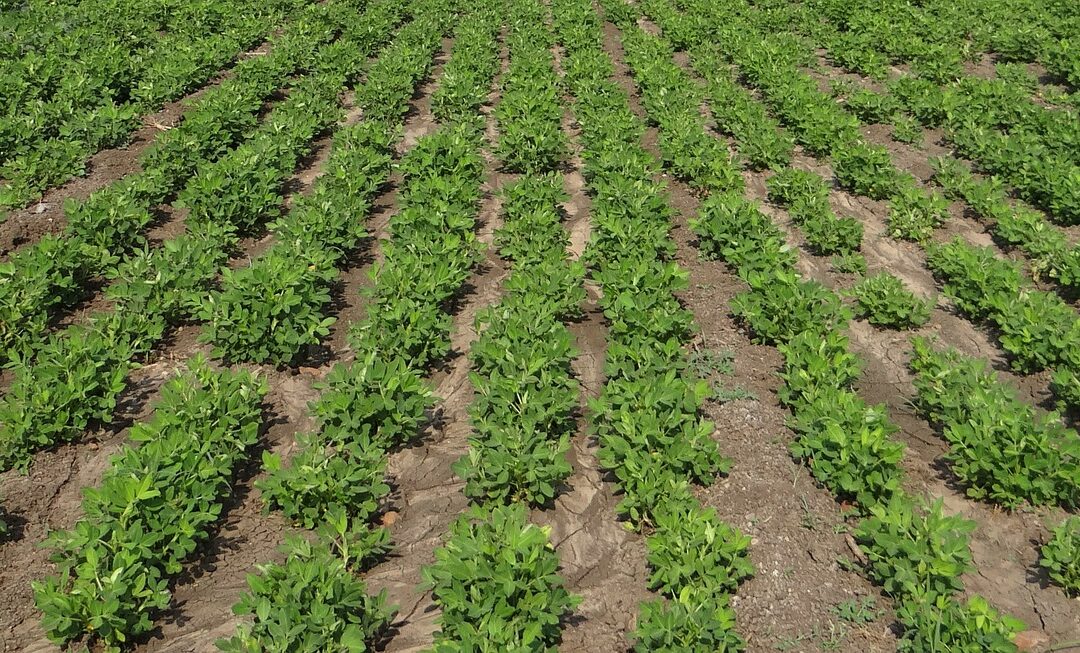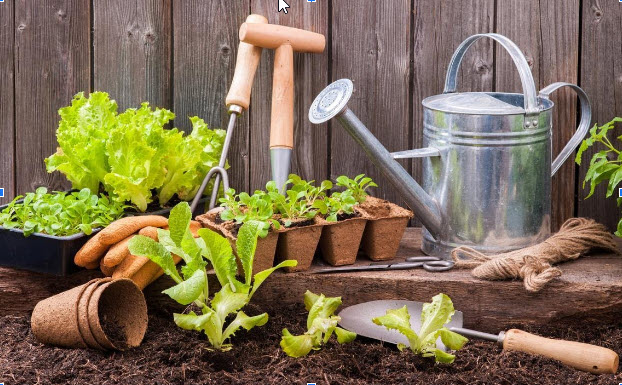
We celebrate this man of wonder, George Washington Carver
We celebrate this man of wonder, George Washington Carver
He was born the year before slavery ended in 1864. He pursued an education after leaving home at eleven and would eventually earn a master’s degree in agricultural science from Iowa State University. He would go on to teach and continue research at Tuskegee University for decades. He is an International Treasure, and he is Black History.
George Washington Carver taught farmers how to diversify their crops while improving their soil through plant rotation which ultimately helped southern farmers improve their finances and diets.

We celebrate this man of wonder who continues to inspire me in my own farming endeavors in providing fruits and vegetables for more than 15,000 seniors and veterans through Gregory’s Fresh Market and programs like “Veggie for Veterans.” When we are not delivering produce, we can be found harvesting vegetables at our local farm, which supplements our produce for seniors. Thank you, George Washington Carver.


